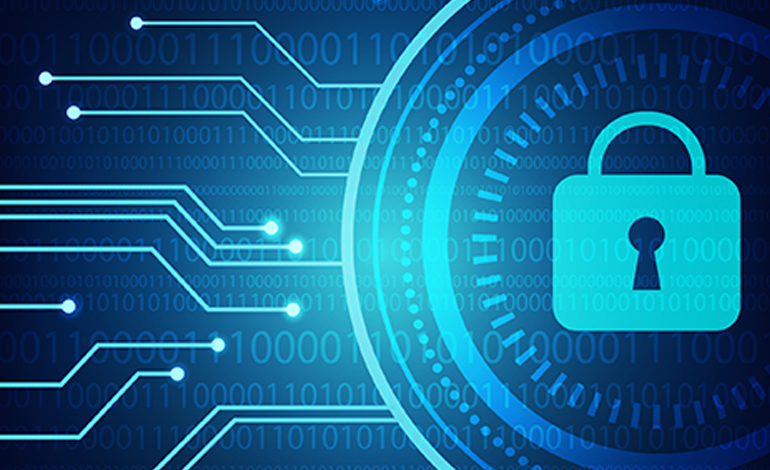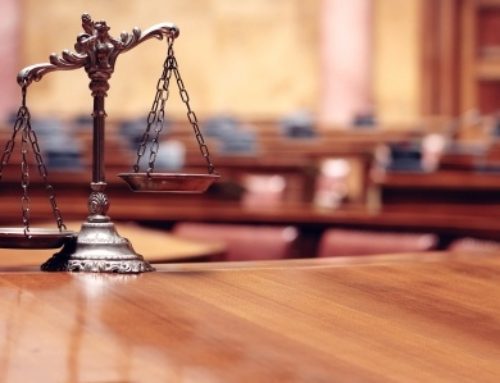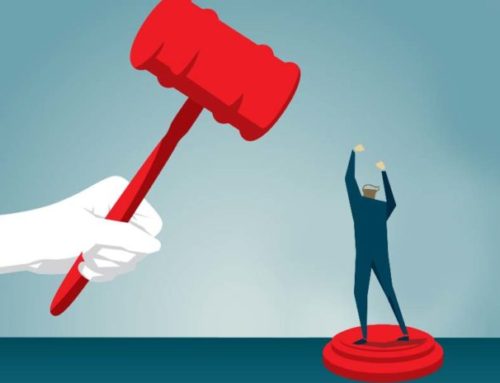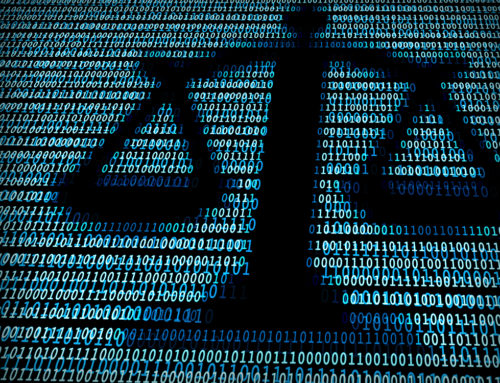Editor’s Note: In this post, the authors analyze the discordant views put forward by the Supreme Court concerning the admissibility of electronic evidence. The authors argue that the position finally adopted is neither tenable nor consistent and there is a need to reconsider the same.
The digital revolution and the development in the information technology sector have altered the way in which information is stored and communicated. The advancement in this sector has resulted in crucial evidence being presented in an electronic forum very frequently. The admissibility of such electronic evidence has generated several legal debates all around the world. The proponents of electronic evidence often get frustrated because of the circumspect attitude of the judiciary. These suspicions cannot be better witnessed than in the recent case of Arjun Panditrao v Kailash. The apex court of India, through this judgment, has made the requirement of the certificate mentioned under section 65 B(4) of the Evidence Act as a condition precedent to the admissibility of electronic evidence.
It is beyond the shadow of a doubt, that the electronic evidence provides invaluable support not only to the investigative agencies but also to the prosecution. This is evident from the case of Mohd. Ajmal Amir Kassab v. State of Maharashtra, wherein the availability of “internet transaction” helped the prosecution case greatly in proving the guilt of the accused. Similarly, in the case of State (NCT of Delhi) v Navjot Sandhu, the production of “phone call transcripts” from the “mobile service providers” helped establish the link between the slain terrorist and the architects of the attack.
Despite the established significance of electronic evidence in the court, there have been a plethora of judgments having discordant views regarding the admissibility of such evidence. The requirement of producing a certificate for the admissibility of such evidence has resulted in crucial evidence never reaching the court. The author, in this article, will try to highlight the conundrum surrounding the admissibility of electronic evidence and will also argue for the need to have a re-examination of section 65B of the Indian Evidence Act.
Enigma of Mandatory Certification
The Supreme Court through the case of Arjun Panditrao has cleared the air around the requirement of a certificate for the admissibility of any electronic evidence. The apex court overruled its previous judgments in Tomaso Bruno and Shafhi Mohamad, thus unequivocally setting the mandatory requirement that any electronic evidence must be accompanied by a certificate to be admissible in the courtroom. This judgment not only raises the standards for admissibility of such evidence, but it also sets Indian law apart from globally accepted practices [For example, in United States (Sub-rule (13) and (14) of Federal Rules of Evidence 902), Canada (Section- 31.3), and United kingdom (Section 69 (repealed) of Police and Criminal Evidence Act, 1984), there is no strict requirement to produce a certificate for the admissibility of electronic evidence].
The Apex Court in the case of Shafhi Mohmad had relaxed the provision of mandatory certification and had provided exceptions where the “interest of justice so justifies”. On the other hand, the present judgment (Arjun Panditrao v Kailash), overrules the principle of “interest of justice” and places more restrictions on the admissibility of such evidence. This requirement only results in the denial of justice to the parties on the account of mere technicalities, highlighting the absurdity of the same.
According to Section 65 B (4) of the Evidence Act, the certificate needs to be filed by the person “who holds a responsible official position in relation to the operation of the relevant device or the management of the relevant activities.” However, there are situations when the production of certificate moves against the interest of the person who is in the official position (in charge of the computer system at that time) in regards to the concerned device. For example, in situations where the electronic evidence is seized from an accused and he is asked to produce the certificate. Consequently, the person will refrain from producing such certificates. The Court, through any provisions of the law, cannot enforce the accused to produce the certificates because it would be in violation of Article 20(3) of the Constitution which speaks of “self-incrimination”. As a result, the non-availability of the certificate could lead to the denial of the admissibility of crucial evidence.
The reason for not relaxing the provisions of mandatory certificate could be that the court does not want to open the floodgates for falsified electronic evidence. However, this fear is unfounded, because the Court can continue to use the section 45-A of the Indian Evidence Act to render falsified evidence inadmissible. Section 45 -A provides that the opinion of an expert in matters may be sought where any information is transmitted or stored in any computer resources. The opinion of the expert could establish the “genuineness” and hence would water down the possibility of presenting false evidence before the court. This argument was also raised in the case of Anvar v Bashir. However, the court opined that the requirement of mandatory certificate and provisions mentioned under section 65 B cannot be excused.
In Indian Law of Evidence, the opinion of an expert may be sought only when the electronic record is duly produced in accordance with section 65 B of the act. This creates a redundant stage where the “genuineness” of the evidence, through the opinion of an expert, is established only after the evidence has already become admissible under section 65B of the act. In this respect, guidance should be taken from the US model of admissibility of electronic evidence. In the USA, there are three stages for admissibility in the framework: authenticity, hearsay, and best evidence. In Indian law, the opinion of an expert could satisfy the criteria of “authenticity”, and as a result form the part of admissibility of evidence. Therefore, instead of having a mandatory certificate, the opinion of an expert could be used as a primary criterion to validate the “authenticity” of the electronic evidence (as provided under the US framework). Also, the other provisions mentioned under Section- 65B (2) could very well settle the dust of falsified electronic evidence. Hence, while the presence of a certificate could be “sufficient” for the admissibility of the evidence, however, it should not be made as a “necessary requirement”.
Admissibility, Relevancy and Proof
Section 3 of the Evidence Act includes electronic evidence within the definition of documentary evidence. Documentary evidence, as opposed to oral evidence, requires one to fulfill certain conditions, such as Admissibility, Relevancy, and Proof. The term admissibility depends upon relevancy and according to Section 136 of the Act, relevance needs to be established before the admissibility of the evidence. In other terms, if relevancy is the horse then admissibility is the cart.
In accordance with the provision, electronic evidence becomes “admissible” only if the fact sought to be proved is “relevant” and there is “proof” certifying the same. However, the provision of section 65B is a non-obstante clause (eliminating the application of other sections in the act) making the requirement of the certificate as a precondition for admissibility without acknowledging the “relevancy” of the evidence (separate opinion by Justice V. Ramasubramanian in Arjun Panditrao v Kailash)
Section 65B muddles between the “proof” and “admissibility” without giving due recognition to its “relevancy”. Thus, section 65B places admissibility as the sole and outermost checkpoint which is capable of turning away the evidence. It is necessary to have a relook at these provisions because, in the case of admissibility of any electronic evidence, there is the involvement of a number of computer systems with the originator (defined in section 2 (za) of the Information Technology Act, 2000) being different from the recipients or the sharers. Hence, the production of certificates from the originator would be a tedious task for the prosecution. Therefore, it is required that stringent requirement for the admissibility of the electronic evidence is relaxed by taking into account its relevancy.
Admissibility of Electronic Evidence in Foreign Jurisdictions
Section 65B of the Indian Evidence Act is a reproduction of section 5 of the UK Civil Evidence Act, 1968. The said section was repealed from the statute through the enactment of the Civil Evidence Act, 1995. This means that Section 65B of the Indian act was incorporated from a section that has already been removed from the UK statute book. Hence, while the UK law has kept pace with technology, Indian law has fallen behind, further necessitating the need for a relook.
Similarly, Section 31.3 and 31.6(1) of Canadian law provides the rules similar to the one in section 65B of the Indian Evidence Act, 1872. However, Canadian law brings certain important distinctions like the one provided in section 31.3(b). Section 31.3(b) “presumes” the integrity of the system in cases where the electronic document was recorded by the party who is adverse in interest to the party seeking to introduce it. The rules under the Canadian Law are not as stringent as mentioned under Section 65B of the Indian Act. Therefore, it provides flexibility in the admissibility of electronic evidence.
It is observed that the countries around the world have fared well (the law commission recommendation under the report titled, “Evidence in Criminal Proceedings: Hearsay and Related Topics” para- 13.12) without imposing any stringent laws on the admissibility of electronic evidence. With the rising development in the technology sector and the way in which the admissibility of electronic evidence has coped in the last 15 years, there is a need to re-examine section 65B of the Indian Evidence Act. This has already resulted in huge judicial turmoil with judicial opinion swinging from Anvar to Shafhi Mohammad and the present case of Arjun Panditrao. At this moment, there is a need to fine-tune the legislation with the advancement in technology.
The judgment of the Apex Court in Arjun Panditrao has tried to settle the divergent views related to the admissibility of electronic evidence. However, this only increases the absurdity resulting from section 65B, as this section is unable to match pace with the advancement of technology. The judiciary in the past has oscillated around the discordant views of relaxation in the admissibility of electronic evidence on one hand and the trustworthiness and the authenticity of electronic records on the other. This issue was duly stressed and supplemented by Justice V. Ramasubramanian in his concurring opinion. There is a need that the legislature takes into account the observations made in that judgment and settle the ambiguities surrounding the law.
*Yash Chhikara & Punyashlok Panda are second-year students of National Law University, Odisha, India.







Leave A Comment